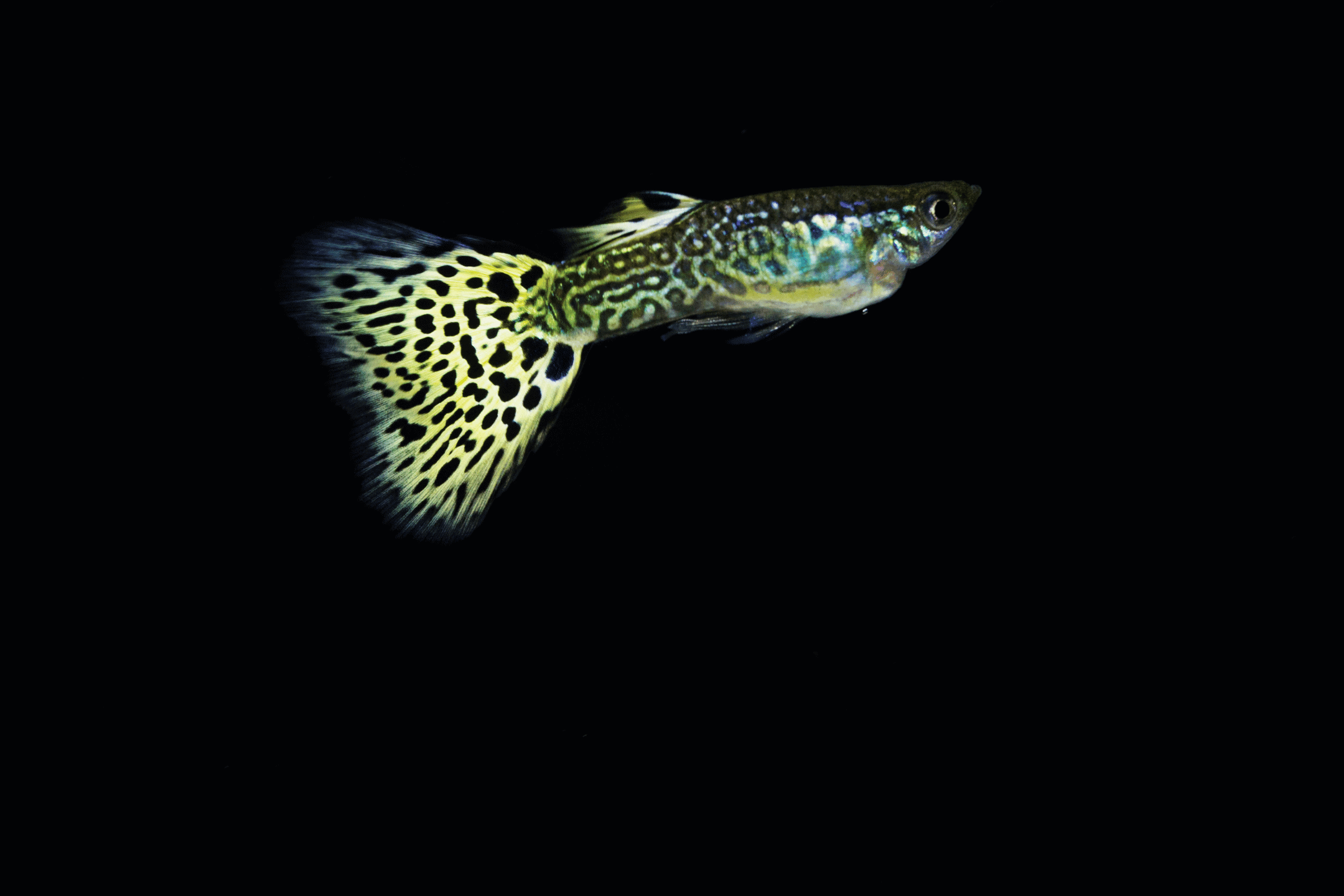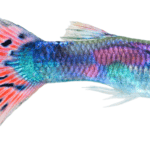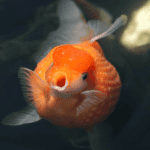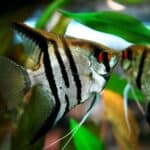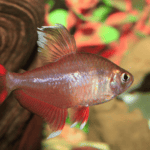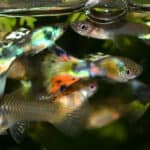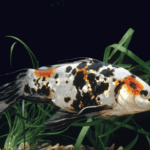The Cobra Guppy is a vibrant and captivating freshwater fish, known for its striking pattern that resembles that of a venomous snake. With a name inspired by the cobra, these guppies add a touch of dynamism to any aquarium with their elongated bodies and flamboyantly colored tails. They are part of the Poeciliidae family, which includes other live-bearers like mollies and swordtails, making them a favorite among both novice and experienced aquarists for their ease of care and breeding.
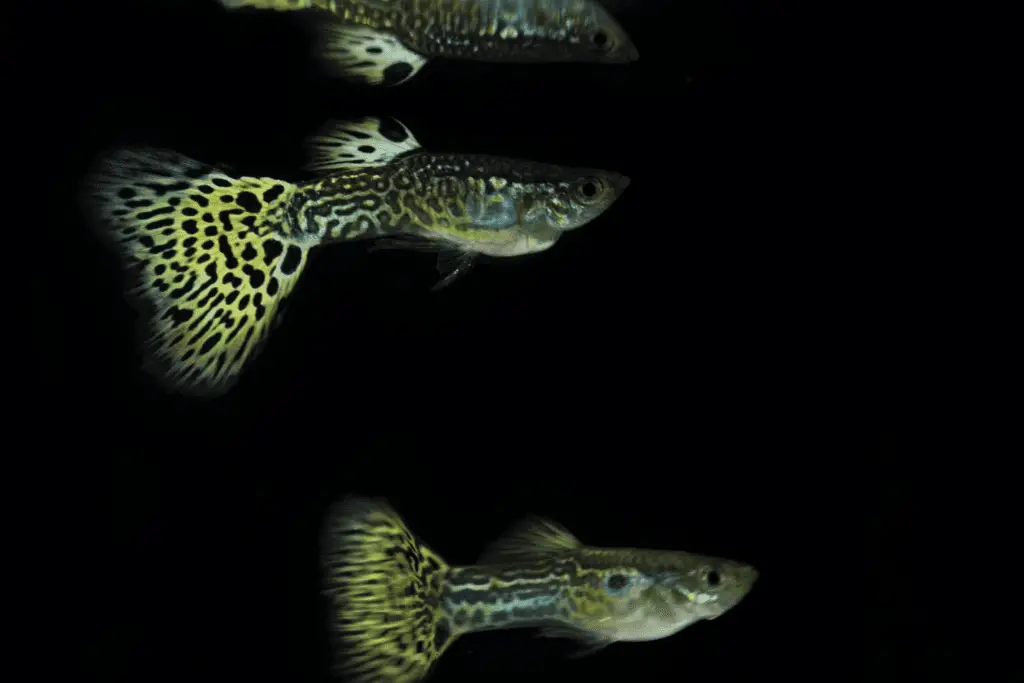
These guppies are not only appreciated for their beauty but also for their hardiness, adapting well to a variety of tank conditions. Understanding the fundamentals of Cobra Guppy care is crucial for maintaining their health and vibrant colors. Factors such as water quality, diet, tank size, and companions significantly influence their well-being. Their social nature requires consideration of the social dynamics in a community tank, as well.
Key Takeaways
- Cobra Guppies boast a distinctive pattern and are favored for both their visual appeal and simplicity of care.
- Maintaining their health involves proper tank conditions, nutrition, and understanding their sociable behavior.
- Successful breeding and habitat setup requires specific knowledge of their environmental and biological needs.
Understanding Cobra Guppies
In this section, we explore the distinctive qualities of Cobra Guppies, from their taxonomy and origins to their physical characteristics and behavioral patterns, providing insights into why they’re favored in freshwater aquaria.
Taxonomy and Origin
Cobra Guppies are a captivating variety of Poecilia reticulata, belonging to the Poeciliidae family. They trace their lineage back to the freshwaters of South America. Through selective breeding, enthusiasts have enhanced their colors and patterns to resemble those found on cobras, hence the name ‘Cobra Guppy’.
Physical Characteristics
Male Cobra Guppies reach a maximum size of about 1.5 inches (3.8 cm), while females are typically larger, growing up to 2.5 inches (6.4 cm). They are renowned for their vibrant colors and distinctive snakeskin pattern. Their bodies exhibit a range of colors, often with a shimmering iridescence. The fins are usually large and fan-like, adding to their aesthetic appeal. Their appearance is a primary reason for their popularity in the aquarium trade.
Behavior and Temperament
Cobra Guppies are peaceful and active, making them excellent tank mates for many other non-aggressive species. Their temperament is generally congenial and they are known to be hardy fish, displaying a lively demeanor within a community tank environment. To maintain their vibrant colors and energetic behavior, a well-maintained tank is essential.
Cobra Guppy Care
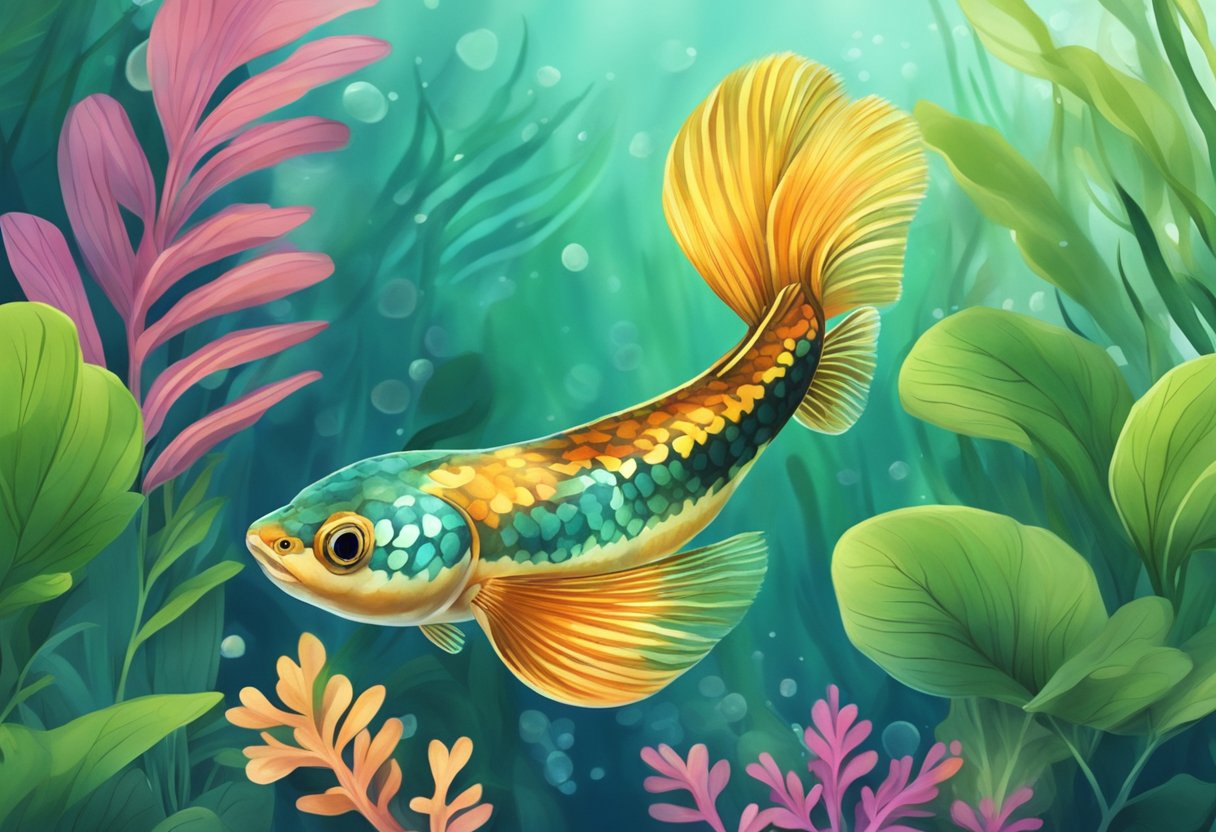
Caring for Cobra Guppies involves creating a safe and supportive environment in their tank, ensuring optimal water quality, and providing them with a balanced diet. We’ll cover the essential aspects below.
Tank Requirements
To thrive, Cobra Guppies require an aquarium that can hold a minimum of 10 gallons, allowing ample space for swimming. We recommend a dark-colored substrate to make their colors stand out, along with various decors such as rocks and driftwood to provide hiding spaces. Live plants not only furnish the aquarium but also help maintain water quality by absorbing nitrates.
- Tank Size: Minimum of 10 gallons per pair of guppies
- Substrate: Preferably dark-colored gravel or sand
- Decor: Rocks, driftwood, and similar elements
- Plants: Sturdy species like Java fern or Anubias
Water Quality and Parameters
Maintaining proper water conditions is vital for the health of Cobra Guppies. A filtration system should be installed to keep water clean and well-oxygenated. We should closely monitor the water temperature, pH level, hardness, and presence of ammonia to avoid harmful fluctuations.
- Temperature: Keep between 72°F to 82°F
- pH Level: Maintain between 6.7 to 7.8
- Hardness: Optimal at 8-12 dGH
- Ammonia: Levels should be at 0 ppm
We must regularly test the water parameters using a reliable testing kit and conduct weekly water changes of about 25% to ensure the aquarium environment remains stable.
Feeding and Diet
Cobra Guppies are omnivores and require a varied diet consisting of flakes, pellets, and live or frozen foods such as brine shrimp and bloodworms. Providing a mix of these foods ensures a balanced intake of nutrients.
- Basic Diet: High-quality flakes or pellets daily
- Supplementary Foods: Bloodworms and brine shrimp 2-3 times a week
- Feeding Schedule: Feed small amounts 1-2 times daily
We must be cautious not to overfeed, as this could lead to poor water conditions and health issues. Any uneaten food should be removed promptly to prevent waste build-up.
Health and Breeding
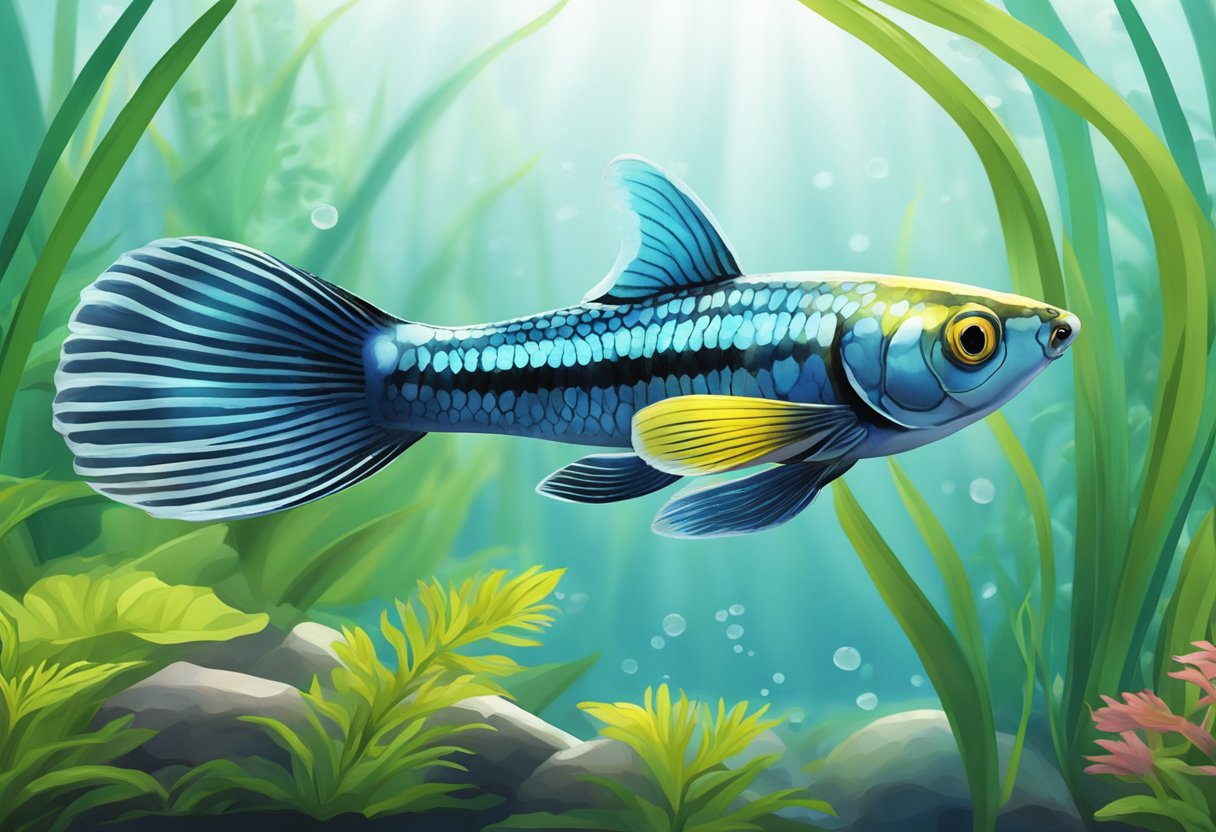
In maintaining cobra guppies, it is crucial for us to be aware of their health requirements and breeding behaviors to ensure they thrive. Let’s examine the common diseases they may encounter, their breeding patterns, and the intricacies of fry care, as well as delve into their lifespan and the process of aging.
Common Diseases and Treatment
Cobra guppies are susceptible to several diseases, especially when stressed by poor water conditions. Ich or white spot disease is a frequent concern, characterized by white spots on the skin and gills. Our response to treat ich includes:
- Raising the water temperature slightly to speed up the parasite’s lifecycle.
- Addition of aquarium salt to the water, which aids in healing.
- Medications such as copper-based treatments and formalin can be used with caution.
Another factor is water hardness; cobra guppies prefer hard water. When these fish are kept in water that doesn’t meet their hardness requirements, their immune systems are compromised, leaving them more exposed to diseases. Routine checks of water parameters and maintaining a consistent environment are key preventative measures. Should diseases appear, quarantining sick fish is our immediate action to prevent spread to the healthy population.
Breeding Habits and Fry Care
Cobra guppies are livebearers, meaning the females give live birth to swimming babies or fry. Breeding takes place easily under good conditions, often without need for intervention from aquarists. Important aspects we focus on for successful breeding include:
- A well-planted tank that provides hiding spots for fry.
- Separate breeding tanks can be used to protect fry from adult guppies which may predate on them.
Once born, fry should be fed high-quality, fine-crushed flake food or specially formulated fry food to support their rapid growth. Keeping the breeding tank clean and maintaining ideal water conditions are paramount for the fry’s survival and health.
Lifespan and Aging
Cobra guppies generally have a lifespan ranging from 1 to 3 years. Age-related health issues are not uncommon, and as such, our care includes regular monitoring for signs of aging, such as reduced activity or changes in eating habits. Ensuring the fish continue to live in optimal conditions can help maximize their lifespan, providing them with a consistently comfortable and disease-free environment throughout their lives. Regular water changes, stable water temperatures, and proper diet are essential practices in sustaining their health as they age.
Setting up a Cobra Guppy Habitat
Creating the perfect habitat for Cobra Guppies involves thoughtful tank decoration, selecting compatible tank mates, and maintaining a stable environment. We want to replicate their natural freshwater streams to the best of our abilities in a captive setting.
Selecting Tank Decor and Plants
When we decorate our tanks, we seek to mimic the Cobra Guppy’s natural habitat. Substrate should consist of fine sand or smooth-edged gravel to mirror stream beds. Live plants like java moss are essential, providing cover and contributing to a healthy ecosystem.
- Rocks: Smooth river rocks or pieces of driftwood can add to the authenticity of the environment.
- Decoration: Ensure that all decorations are free of sharp edges to prevent injury.
Adding live plants fulfills several roles; they oxygenate the water, offer hiding spots, and help maintain water quality. Plants like java moss are especially beneficial as they are easy to care for and provide an excellent cover for the fry.
Choosing the Right Tank Mates
Cobra Guppies possess a peaceful temperament, making them suitable to live with a variety of other tropical fish. However, we must be careful to pair them with other peaceful and non-predatory species.
- Compatible Tank Mates:
- Tetras
- Swordtail
- Mollies
- Corydoras
- Platy Fish
- Shrimp
Incompatibility with aggressive fish can lead to stress or injury, so we avoid placing them with known fin nippers or larger predatory fish.
Tank Maintenance and Environment Control
Consistent tank maintenance and environment control are paramount in keeping Cobra Guppies healthy.
- Filtration: A gentle but effective filtration system is crucial to maintain water quality without creating strong currents.
- Water Temperature: A stable temperature of 74-82°F (23-28°C) should be maintained using a reliable aquarium heater.
- Heat Control: Regular monitoring with an aquarium thermometer will help us ensure the habitat is within the ideal range.
Regular water changes are necessary, typically 25-30% every two weeks, and we must always condition new water to remove chlorine and other chemicals. Stable water parameters and cleanliness are essential in preventing stress and disease in Cobra Guppies.
Frequently Asked Questions
In this section, we address some of the most common inquiries about Cobra Guppies to provide you with accurate and useful information for their care and understanding.
What is the lifespan of Cobra Guppies?
Cobra Guppies typically have a lifespan of 1 to 3 years when provided with proper care and a suitable environment.
How do you care for Cobra Guppies in an aquarium?
To care for Cobra Guppies in an aquarium, ensure clean water conditions, steady temperatures ranging from 72-82°F, and a pH level between 7.0 and 7.8. We also recommend a varied diet of high-quality flake food, live or frozen brine shrimp, and bloodworms for optimal health.
What are the common color variations of Cobra Guppies?
Common color variations of Cobra Guppies include red, yellow, and blue, with distinctive cobra-like patterning that can include a blend of spots, stripes, and a snakeskin appearance.
What is the ideal tank size for Cobra Guppies?
The ideal tank size for Cobra Guppies is at least 10 gallons, which provides them with enough space to swim and exhibit natural behaviors. It’s important to add plants and hiding spaces for their comfort.
How much does a Red Cobra Guppy typically cost?
The cost of a Red Cobra Guppy can vary, but typically, it ranges from $3 to $20, depending on the quality, age, and where you purchase them.
What are the distinguishing features of Cobra Endler Guppies?
Cobra Endler Guppies are characterized by their vibrant colors and patterns similar to larger Cobra Guppies but are distinguished by their smaller size and unique color variations that often include bright oranges and greens.
